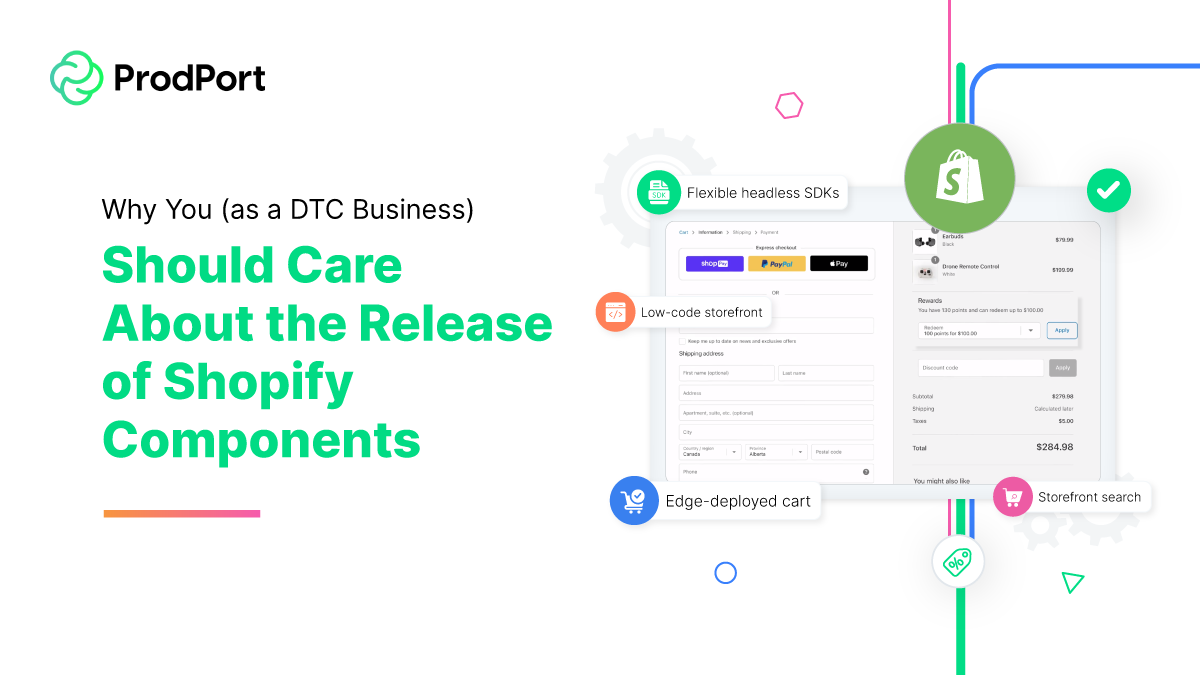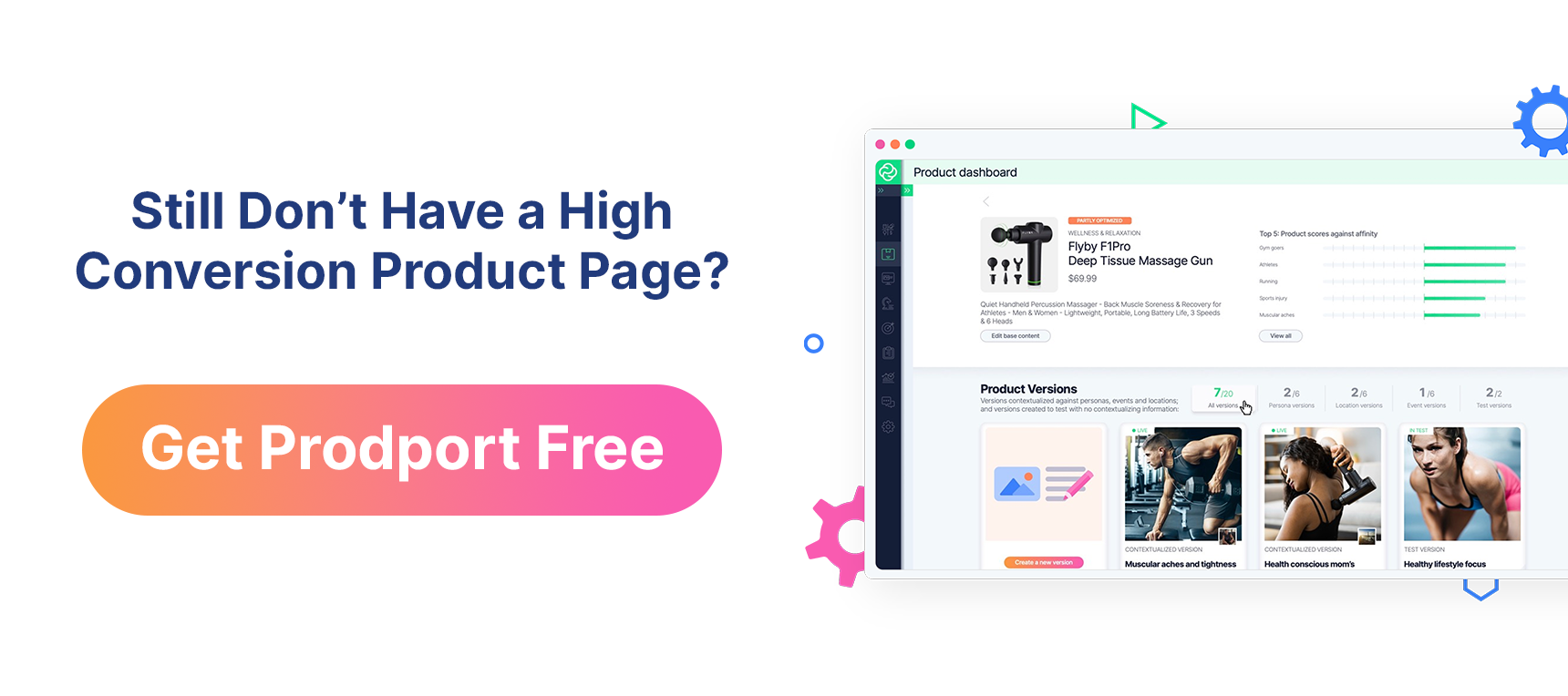In today’s fast-paced digital world, the ability to quickly adapt and evolve has become crucial for businesses. This is especially true for Direct-to-Consumer (DTC) brands, which have emerged as a major force in the retail industry. To stay competitive and succeed in this dynamic landscape, DTC brands need to embrace new technologies and strategies.
One such strategy is Composable Commerce, which allows businesses to create a flexible and scalable technology stack that meets their specific needs.
Shopify, one of the leading e-commerce platforms, has recognized the importance of Composable Commerce and has introduced its Commerce Components, a powerful tool allowing enterprise retailers to build their stores with the same components Shopify uses for its current customer base of retailers.
In this blog, we’ll take a closer look at Shopify’s Commerce Components and how they can benefit DTC brands.
What are Commerce Components?
Commerce Components are pre-built, customizable building blocks that can be used to create an e-commerce platform that meets the unique needs of a business. They are designed to work seamlessly with Shopify’s APIs and other e-commerce solutions, making it easier for developers and businesses to build and customize their e-commerce storefronts.
Commerce Components can be used to add specific functionalities to an e-commerce platform, such as product recommendations, reviews, and search. They can also be used to build entire storefronts, from the homepage to the checkout process.
Benefits of Commerce Components for DTC Brands
1. Flexibility and Scalability
One of the key benefits of Commerce Components is that they offer flexibility and scalability. DTC brands can use these building blocks to create a custom e-commerce platform that meets their specific needs, without having to start from scratch. As their business grows and evolves, they can easily add or remove Commerce Components to adapt to changing requirements.
2. Speed and Efficiency
Commerce Components can significantly speed up the development process, as they are pre-built and can be easily customized to fit the needs of a particular business. This means that DTC brands can get their e-commerce platform up and running much faster than if they had to build it from scratch.
3. Improved User Experience
Commerce Components are designed to enhance the user experience of an e-commerce platform. For example, the product recommendations component can help customers find products that they are interested in, while the reviews component can provide social proof and build trust with potential customers. By using Commerce Components, DTC brands can create an engaging and seamless shopping experience for their customers.
4. Lower Costs
Using Commerce Components can be more cost-effective than building an e-commerce platform from scratch. Since these building blocks are pre-built, businesses can save on development costs and focus on customizing them to fit their specific needs.
Our take
Composable Commerce is a powerful strategy for DTC brands looking to create a flexible and scalable e-commerce platform. Shopify’s Commerce Components offer a cost-effective and efficient way for businesses to build and customize their storefronts.
By leveraging these building blocks, DTC brands can create an engaging and seamless experience while maintaining a lightweight backend that requires minimal development and engineering overhead.
In addition, buying into the composable commerce philosophy unlocks access to tools such as Prodport, which stand to give brands even more power to maximize their conversion rate and grow key eCommerce metrics and profitability.

